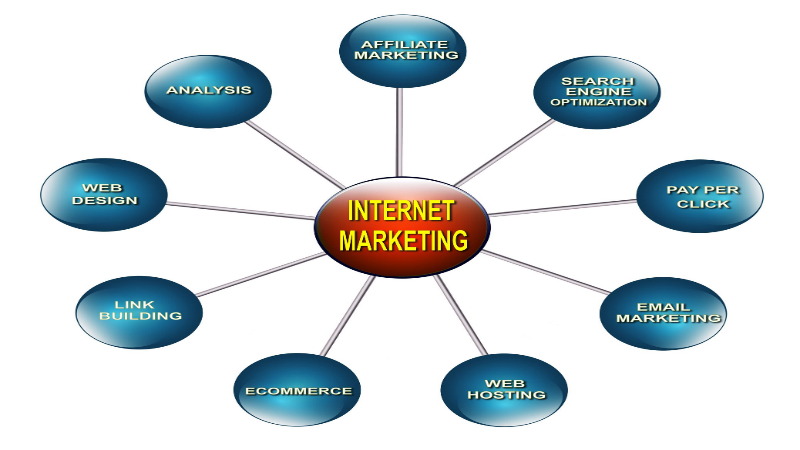Connected TV (CTV) advertising is rapidly transforming the way brands connect with their audiences. Once dominated by traditional networks, TV advertising has entered the digital age, driven by consumers’ shift toward streaming content and personalized viewing experiences. With 2025 on the horizon, the question is no longer if marketers should invest in CTV, but how they can optimize its vast potential.
What Is Connected TV, and Why Does It Matter?
Connected TV refers to devices that allow users to stream video content over the internet, including smart TVs, streaming sticks (like Roku or Amazon Fire), and gaming consoles. Unlike traditional cable or satellite TV, CTV empowers users to access on-demand and live content through platforms like Netflix, Hulu, and YouTube TV.
CTV has witnessed explosive growth in recent years as consumers “cut the cord” on cable and migrate to more flexible, cost-effective streaming options. According to eMarketer, CTV household penetration reached 82% in 2023, and with ad-supported models gaining traction, it’s no wonder CTV advertising presents a compelling alternative to linear ads.
The Current State of CTV Advertising
The numbers tell a clear story of opportunity. By the end of 2023, CTV viewership accounted for over 80% of US households, and this trend is only expected to grow. More importantly for marketers, ad spend on CTV advertising is increasing rapidly. Insider Intelligence estimates that CTV ad investments will exceed $30 billion by 2025, representing more than a 20% annual growth rate.
This shift is fueled by advertiser demand for precision targeting and analytics, benefits that traditional television could never offer. Furthermore, viewers are showing favorable responses to CTV ads, particularly through ad-supported streaming platforms like Hulu, Peacock, and YouTube. Unlike the intrusive nature of linear ads, CTV campaigns often provide highly relevant and personalized brand messaging.
Industry giants are at the forefront of this revolution. Google, Amazon, and Roku are leading CTV’s advertising strategies, leveraging cross-device data to deliver hyper-targeted campaigns. Hulu, a pioneer in ad-supported streaming, continues to refine ad experiences with its viewer-first approach. Meanwhile, Netflix and Disney+ recently entered the ad-supported market, opening new avenues for premium, high-value impressions.
The competitive environment ensures continuous innovation, resulting in more efficient ad delivery mechanisms and improved consumer engagement metrics.
Looking beyond 2025, experts predict that CTV advertising will become fully integrated into omnichannel strategies, seamlessly blending with mobile, desktop, and in-app efforts. The convergence of OTT (over-the-top content) and linear TV capabilities is expected to provide marketers with cross-channel attribution like never before.
Advanced personalization, underpinned by AI and predictive analytics, will continuously refine ad experiences. Blockchain-backed ad buying, meanwhile, could minimize fraud and maximize transparency, ensuring advertisers retain confidence in the ecosystem.
For marketers, staying ahead will mean investing in robust CTV advertising platforms, cultivating data science expertise, and prioritizing creativity in ad format experimentation.


